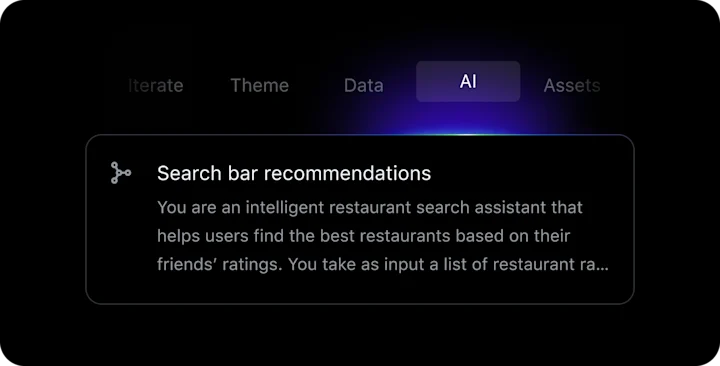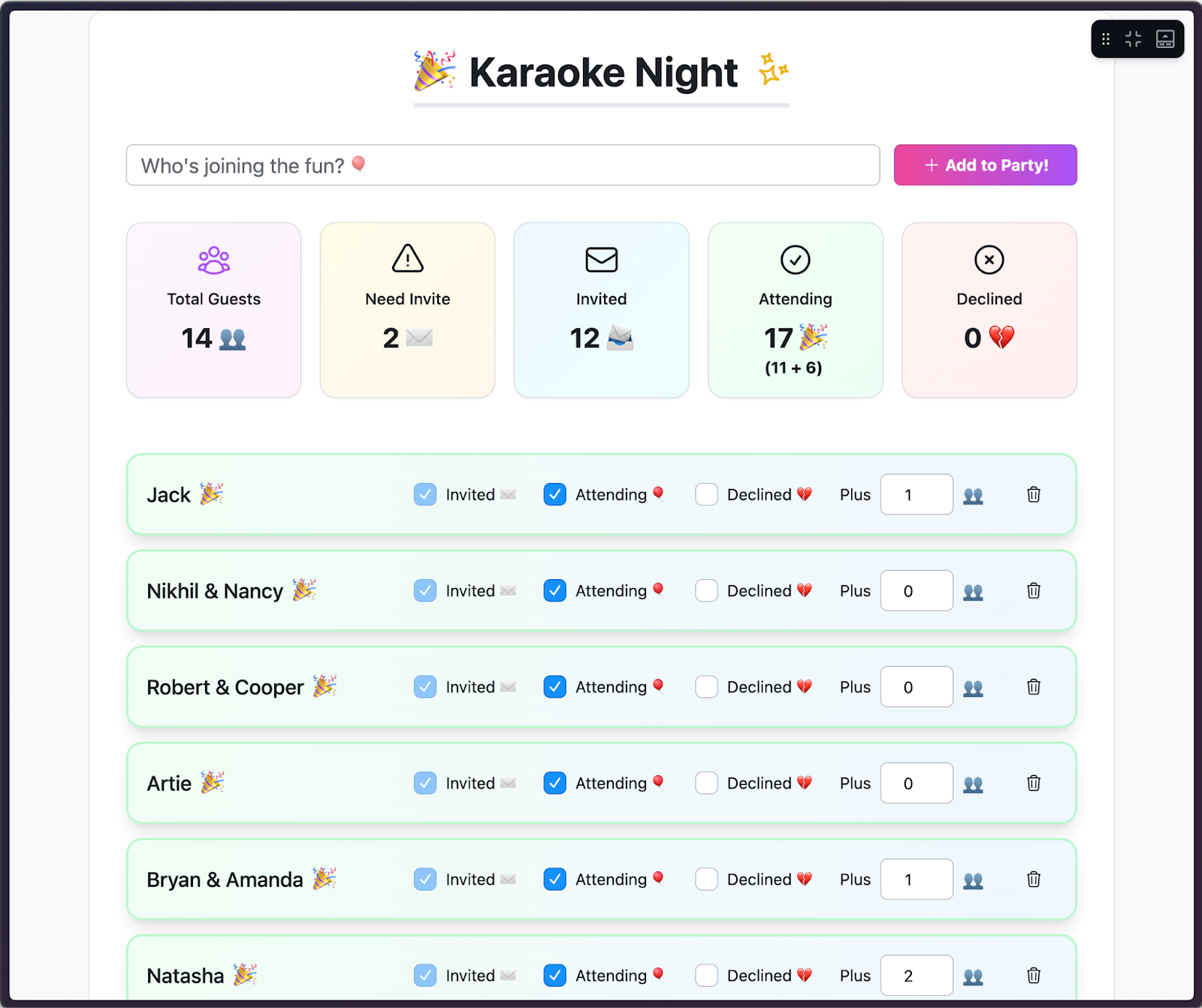
GitHub has moved beyond code suggestions and completions with the launch of a “full-stack” AI-native app builder.
First teased at its annual developer conference in October, 2024, GitHub Spark entered public preview last week, serving as a natural language–driven platform for building, iterating, and deploying web apps from a single prompt.
The launch comes hot on the heels of Amazon Web Services (AWS) launching Kiro, an agentic IDE that helps orchestrate the development workflow from prototype through production. But while Kiro is positioned around the concept of specs (detailed plans generated from natural-language prompts), GitHub Spark adopts more of a code-centric approach – GitHub is fundamentally a code-hosting platform, after all.
Spark shows that GitHub is leaning into the “vibe coding” frenzy that has engulfed the software development space of late, with the Microsoft subsidiary encroaching on a domain that has seen the likes of Lovable hit unicorn status just 8 months after launch. And there is an abundance of similar tools that promise to transform ideas into fully-fledged working apps with minimal grunt work.
So, what is GitHub Spark doing that’s different?
For starters, Spark is tightly integrated with GitHub, the world’s preeminent platform for writing, sharing, and shipping code. It’s also available exclusively as part of Copilot Pro+ (for now, at least), a subscription aimed at professional developers. That’s a strong signal that Spark isn’t a toy or consumer tool, and that it’s designed to slot directly into serious developer workflows.
Users can describe their idea in plain-English and watch Spark bring it to life. Then they can ask Copilot Chat for help improving their original prompt, or they can upload a markdown file that provides more context on what’s required.
Notably, users can also embed AI features like chatbots and content generation, without the hassle of managing API keys or configuring model providers.

Once the user has generated the app, they can test it out in a live, interactive preview window and test the features. Moreover, they can “iterate” their ideas, either by entering a fresh prompt, or by accepting one of the suggestions offered inside Spark.
More technical users, meanwhile, can dive right into the code by clicking the \ tab to open the editor.

And this gets to the crux of Spark as an AI tool: developers can either build directly in the Spark interface with the help of GitHub Copilot, switch to agent mode in VS Code, or they can work manually, editing the codebase like any standard React project.

At launch, Spark is tightly bound to a single tech stack: React and TypeScript. For frontend developers, this opinionated setup could be a welcome feature that offers structure and familiarity. But for anyone working outside the JavaScript ecosystem, it may feel more like a constraint.
Spark also includes lightweight backend features like authentication and hosting, though it lacks support for more complex or customizable server-side setups. Still, its tight integration with GitHub allows users to spin up a real repository directly from Spark, which is ideal for collaboration or moving into a full development environment where more advanced backend capabilities can be built manually.
This integration also unlocks access to GitHub features like Actions for automation, Dependabot for dependency and security updates, and Codespaces for cloud-based editing.
The creators of GitHub Spark stress that they prefer to call GitHub Spark an “app centric” tool rather than “code centric,” because it focuses on delivering usable, interactive apps rather than simply generating raw code.

And they’re also keen to stress that Spark’s core use-case is really about “building and sharing personalized micro apps,” which are called “sparks.” So the kinds of things we’re talking about here are weather dashboards, tailored to-do list managers, or hobbyist tools such as karaoke night trackers.

In his preliminary hands-on video with GitHub Spark, Better Stack developer advocate Andris Gauracs said that while he was impressed at what he could build in less than 20 minutes (in his case, a web app for browsing and rating movies), the tool did feel “quite technically limited” and was overly opinionated on a single tech stack.
GitHub Spark Is INSANE – A Full App in Just 20 Minutes\!
He said:
“I generally think it's a super cool tool, specifically for React users like me. I was genuinely surprised [at] what I was able to create with it in just under 20 minutes. The only downside is that, at the moment, this tool feels quite technically limited and heavily opinionated on only one tech stack, [that tech stack being] React and TypeScript. So right now, it's just tailored for web apps, but this is just the first version, so it's going to be interesting to see how they evolve over time. But for now, for quick prototyping, this tool is absolutely incredible.”
This general sentiment was echoed elsewhere, with some in the online community expressing weariness over the vibe coding wave. One commenter compared the output of tools like Spark to little more than a UI, while another dubbed it an “advanced demo” best suited for simple apps.

Another person noted that they were “tired of these AI-powered bootstrappers” that overlook a software development reality that is more about building on existing apps, rather than creating new ones.

It’s true that the software development sphere is brimming with AI-centric tools that are kinda, sorta similar, and which may fall short of what professionals demand for more serious projects. But some companies are better positioned than others to make those tools genuinely useful in everyday scenarios. GitHub, with its deep developer base and integrated ecosystem, is one of them.
Millions of developers are already all-in on GitHub, meaning that for those working in React and TypeScript, Spark offers a practical way to quickly prototype ideas and generate clean, repo-ready code that connects easily to the tools they already use.